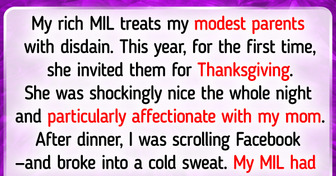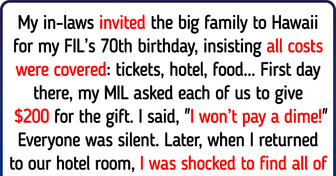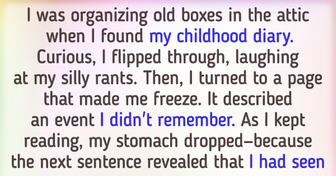I Spent Years Saving for an Engagement Ring, and It Vanished Without a Trace

You feel some rumbling from below. No, it’s not your tummy. It’s low and ominous. You look up and see strange lights hanging above the ground.
They look like shimmering balls of light hovering high up in the sky. Your throat goes dry and you gulp. That’s what they call the “earthquake lights.”
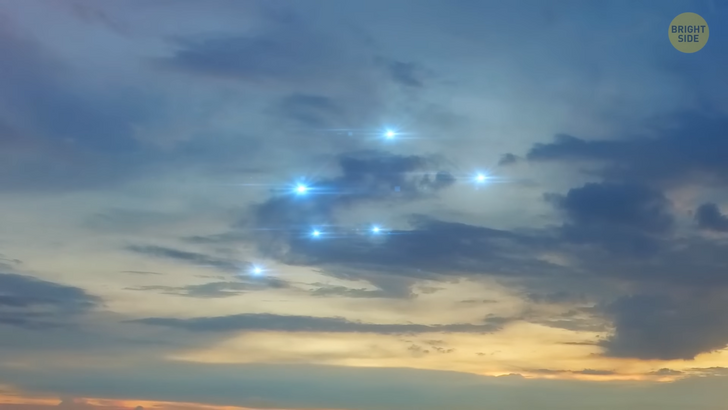
This phenomenon is poorly understood, but witnesses say they’ve seen it in different shapes and sizes. It could be in the form of light balls, sheet lightning, streamers, and a steady glow in the sky. Soon after, a strong earthquake follows. Scientists can’t explain why those lights appear, and they don’t always do either.
Some believe that’s a reaction of underground gases released into the atmosphere. Sure enough, an earthquake begins, but lucky you — it’s not as strong as you expected. The ground is shaking, but you even manage to keep your balance. It stops as abruptly as it began, and you walk home.
On the way home you see a flash and hear a whip crack. Lightning has struck a lone tree near where you just stood! It’s caught on fire, and... there’s a column of flames rising to the sky. Still no rain, and the pillar becomes taller and taller. Have you heard of such a thing as a fire tornado? These phenomena occur when the wind is caught in a circle close to the ground because of the difference in air pressure.
Such mini-tornadoes are usually easy to notice — small rubble, dust, sand, and leaves rise into the air and start flying in rapid circles. But then, if there’s a source of fire nearby, the funnel can catch it and blow it stronger, like bellows. The flames go round and round, reaching ever higher and eventually creating a swirling, blazing tower. Luckily, fire tornadoes are short-lived and don’t normally cause much damage.
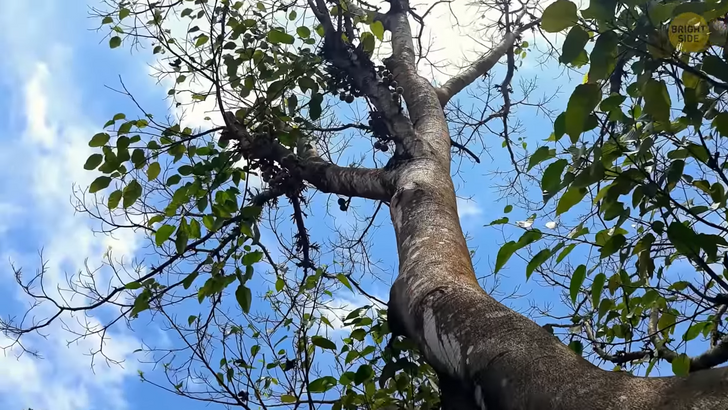
But don’t try to hide from the storm under that tree. You can find this unusual plant in Florida and in some parts of the Caribbean Coast. Externally, it doesn’t look special at all — a gray trunk, green leaves, and fruit similar to small apples. What you must remember is, never to pluck these “apples” and never stand next to the tree, especially if it’s raining.
This is the Manchineel tree, which is considered the most dangerous in the world. Its trunk, bark, branches, and fruit contain poisonous juice. One drop of this corrosive acidic liquid can harm your skin. A lot. The tree can secrete this juice. And if you accidentally touch it, you risk burning your hand.
When it rains, water droplets fall on the tree and mix with the poison. Water can also bounce off the bark and get on your skin. That’s why you shouldn’t stand nearby either. There are almost no other shrubs or mushrooms growing around, animals avoid these trees, and people don’t chop them and don’t pluck the fruit.
You can’t make a bonfire from their branches. Burning wood emits poisonous smoke that can damage your eyes. Locals know this tree well, but tourists and travelers might accidentally get harmed. That’s why most Manchineel trees are marked with paint or have a warning sign.
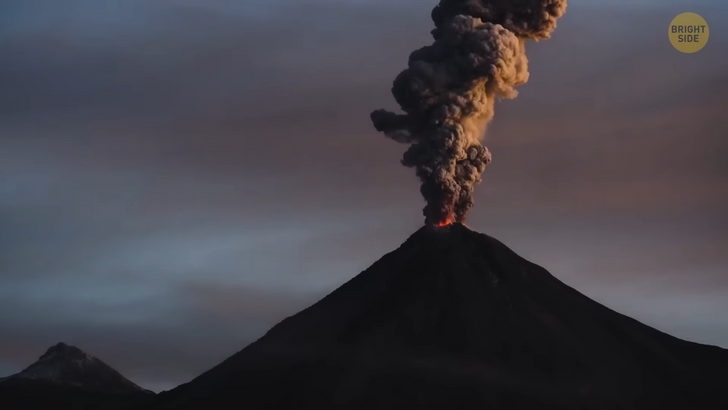
In Western Venezuela, locals living close to the Catatumbo River aren’t afraid of lightning because they see it almost every single night. It starts at around 7 o’clock and doesn’t stop until dawn. The everlasting Catatumbo lightning did once stop for a few months, from January to March 2010. It was probably due to drought. Or maybe the charge ran out.
In 1991, a scientist suggested that the phenomenon happens because of cold and warm air currents meeting in the area. Another theory is that the lightning could be due to the presence of uranium in the bedrock.
Not all lightning happens inside clouds. There’s a rare phenomenon called a dirty thunderstorm. The lightning happens above a volcano, the most famous is in Japan. It erupts almost every day, and spits black clouds high into the air. So it’s super scary volcano clouds... plus lightning. Woo-ooh! Regular lightning happens during a storm when ice crystals bump into each other. In a dirty thunderstorm, bits of volcanic ash collide, create friction, and spark up the sky!
In the hottest and one of the driest places on Earth, Africa’s Danakil Desert, temperatures often rise above 120°F. The out-of-this-world landscape has many active volcanoes and geysers that spit out toxic gases like chlorine and sulfur. The vibrantly green, electric blue and yellow waters are all rain and seawater warmed up by magma. One wrong step here, and you’d be gone for good.

This happened in June 2009. People in certain areas in Japan left their homes after a heavy downpour...only to find fish, frogs, and tadpoles everywhere. Fields, roads, lawns, and rooftops were littered with these aquatic creatures. One man was shocked to see 13 carp on and around his truck. Apparently he stopped to count them.
No one knows for sure where the bizarre rain came from. But the most popular theory claims that a powerful waterspout picked up all these creatures. Then it carried them through the upper atmosphere and dropped the animals on the unsuspecting people below.
And now welcome to Abraham Lake in Canada. It’s completely frozen. You step onto the transparent ice and look down at what lies beneath. No fish, just some mysterious frozen bubbles. They look like small clouds frozen in ice, or jellyfish who forgot to pack a winter jacket. There are thousands of these little bubbles, made up of methane. But don’t try to dig a hole in the ice to touch it.
Methane is highly flammable! It’s created by methane-producing bacteria that eats leaves, grass, insects, or any other organic stuff that gets into the lake. When the methane touches the frozen water, it turns into tens of thousands of frozen little balls. When the ice melts, they burst open and sizzle. Similar lakes can be found near some shores of the Arctic Ocean. There, the size of the bubbles can reach several times the size of hot air balloons! Beautiful for sure, but not exactly safe.
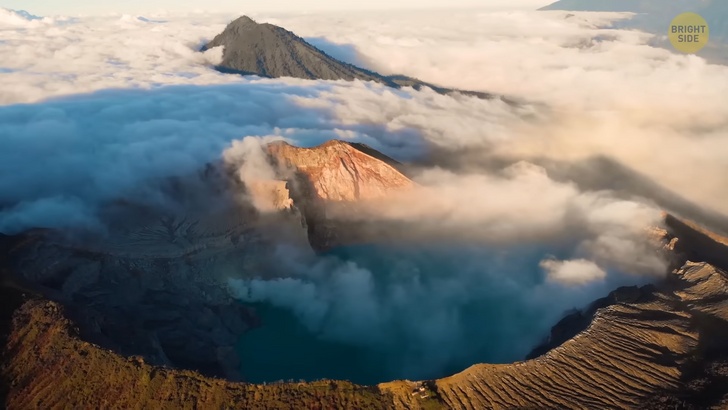
The next shocking lake is in Indonesia: the island of Java. You come to a majestic volcano, overgrown with grass and trees. The volcano seems to be asleep, but smoke is pouring out of it. You climb to the summit. Exhausted, tired, sweaty...you’re ready to cool off. Nice work, you made it to the top.
You look into the mouth of the volcano. Hmm. No boiling lava, just a beautiful, bright, turquoise lake down there. It looks like an oasis. Perfect time for a refreshing dip. You run down and get ready to jump in. But that’s not water, that’s acid! Sulfurous gases get into the lake from under the volcano.
The lake itself is full of metals. When the gases touch them, they form that beautiful turquoise water... I mean acid. Better head back to the nearest village, rest and come back at night when it’s cooler. In the dark, the lake seems to glow. Right above it, you see light-filled, exploding little clouds. The sulfurous gases rise out of the lake, combine with the air, and flash bright blue. Still, don’t get too close.
The sea turns sinister red, and no living being can survive in it. Must be some dark magic... In fact, it’s tiny algae that spread uncontrollably giving the water this specific tint called the red tide. They have toxins that destroy sea mammals, birds, and turtles as well as creatures that feed on them. For humans, contact with it ends in breathing problems or seafood poisoning.

Sometimes even huge ships sink in the open seas for no visible reason. That reason is often the pockets of bubbles that underwater volcanoes produce even while they’re sleeping. Those productive magma factories are hidden under 8,500 feet of water.
When they wake up, they act just like land volcanoes, and they can cause destructive tsunamis. This tree looks like a bottle — no wonder it’s called the Bottle Tree! It grows in Namibia and attracts many tourists. But don’t get too close to the tree because it’s one of the most dangerous on Earth!
Milky juice flows inside the trunk. It’s highly toxic to the human body. On the bright side, though, the trees have beautiful pink-white leaves with a red core. There’s a tree growing in Western Australia that was once used as a prison.
A cell for criminals existed inside the Boab Prison Tree for a long time. People were usually kept there temporarily, just for one night. After that, they were taken to their final destination. The “prison” was built more than 1,500 years ago and has been perfectly preserved to this day. Tourists visiting this place can sneak a peek inside.



